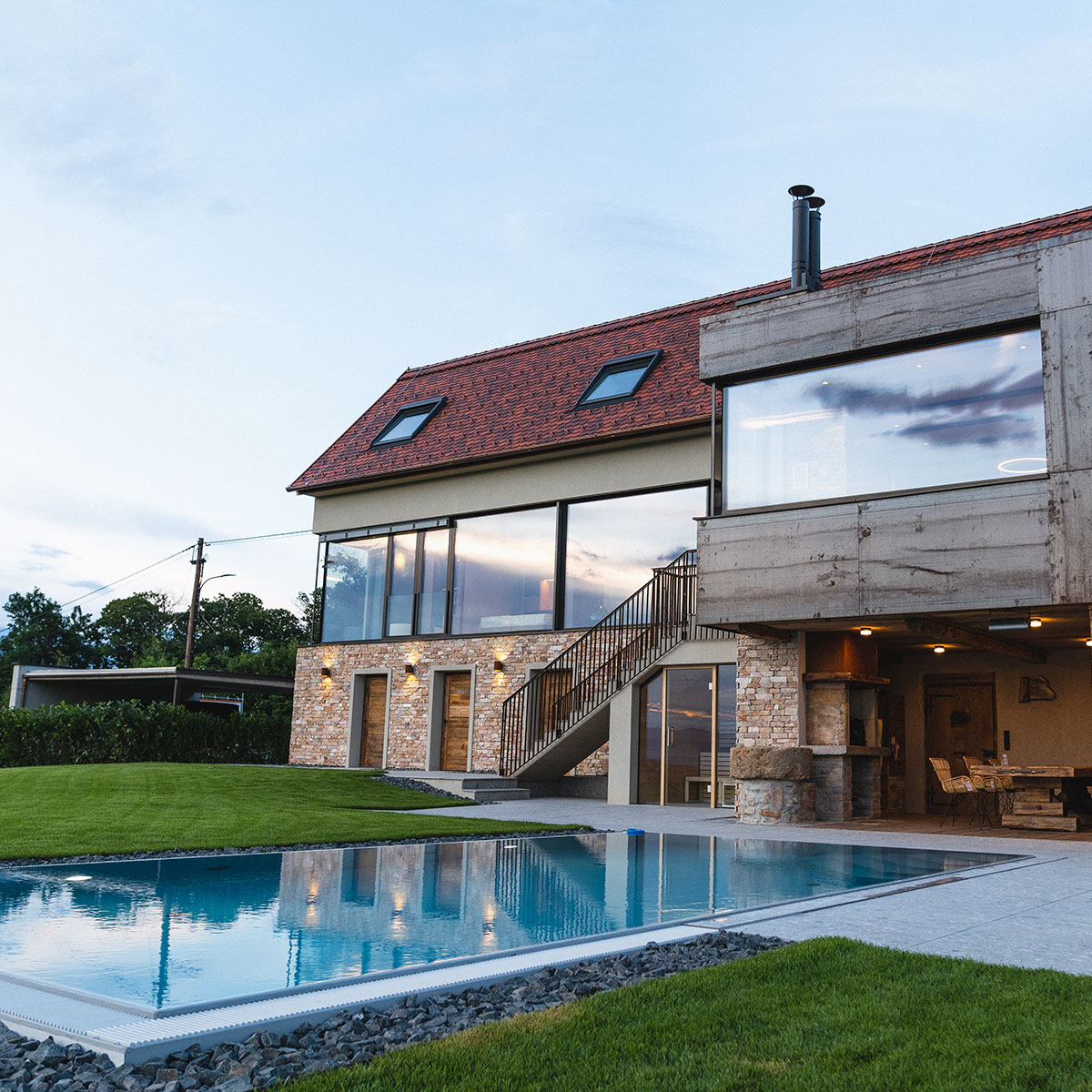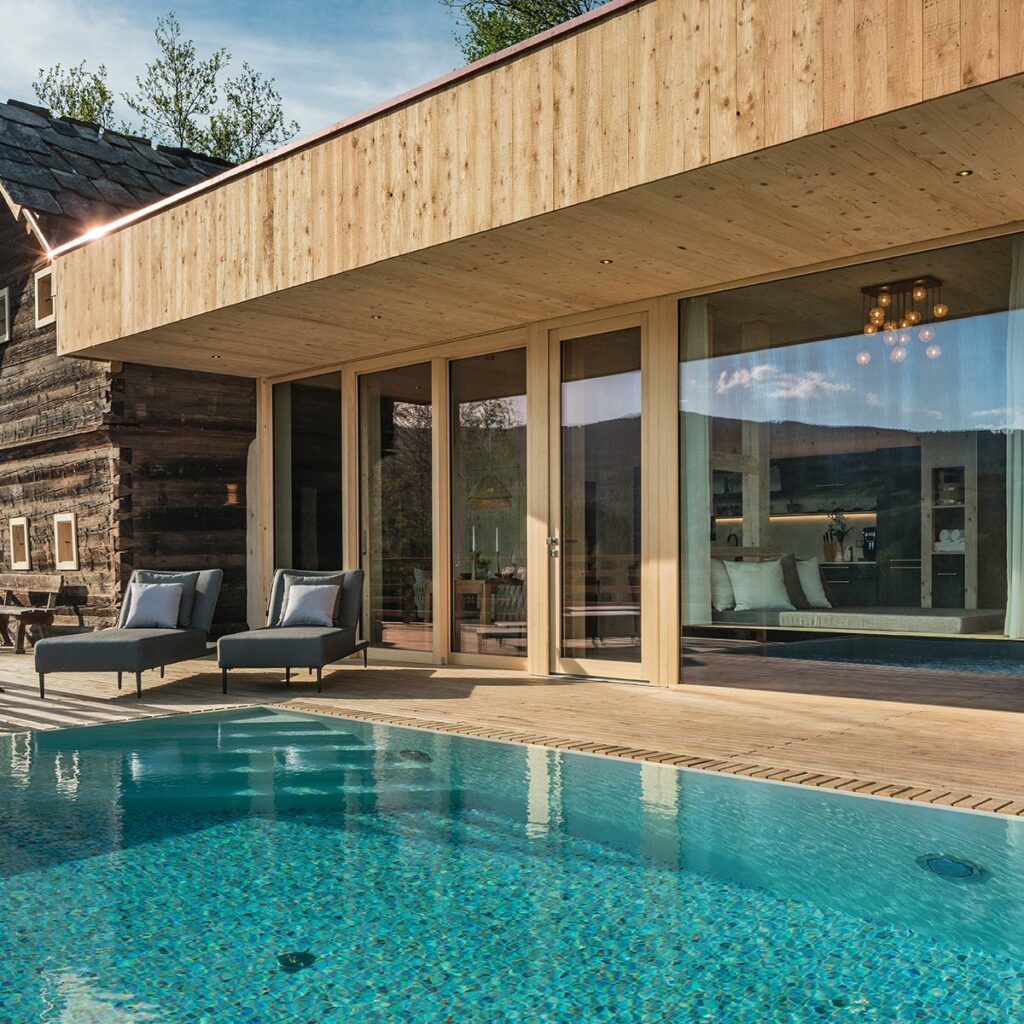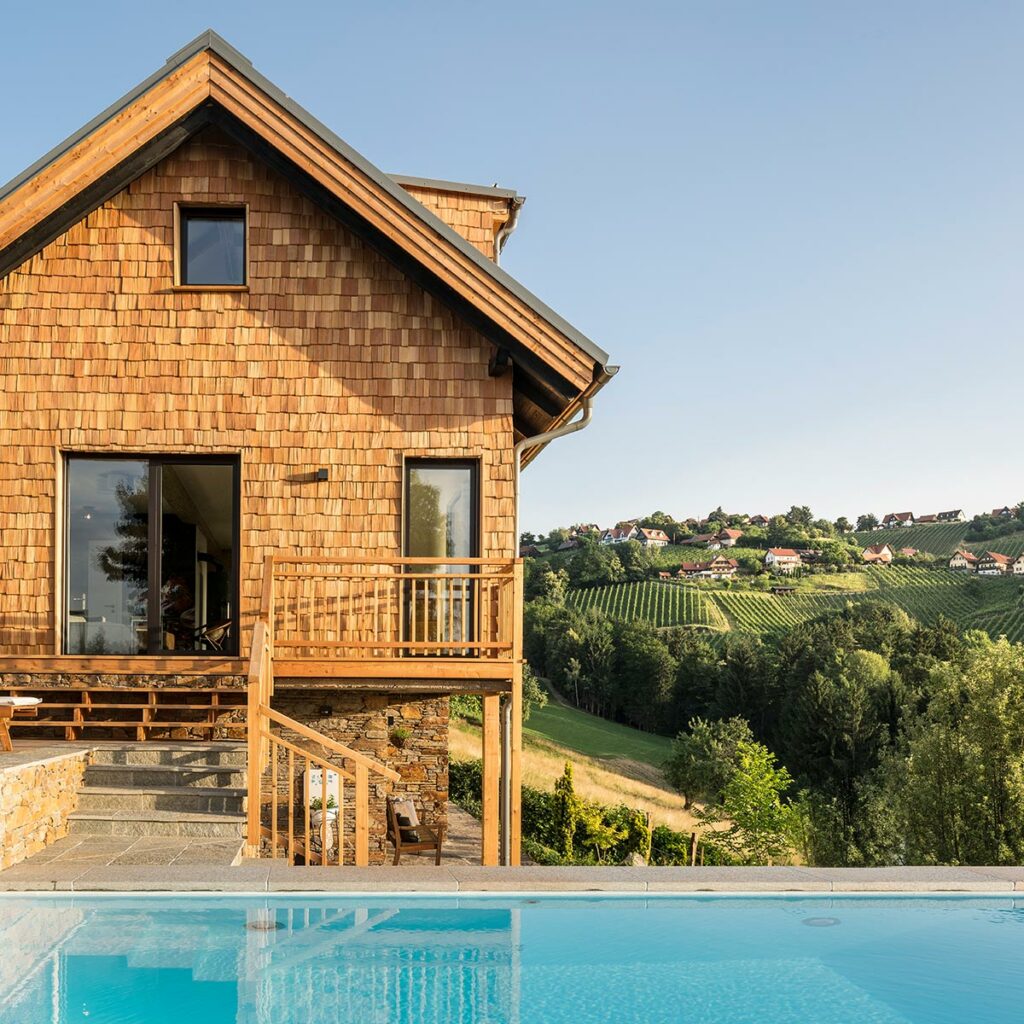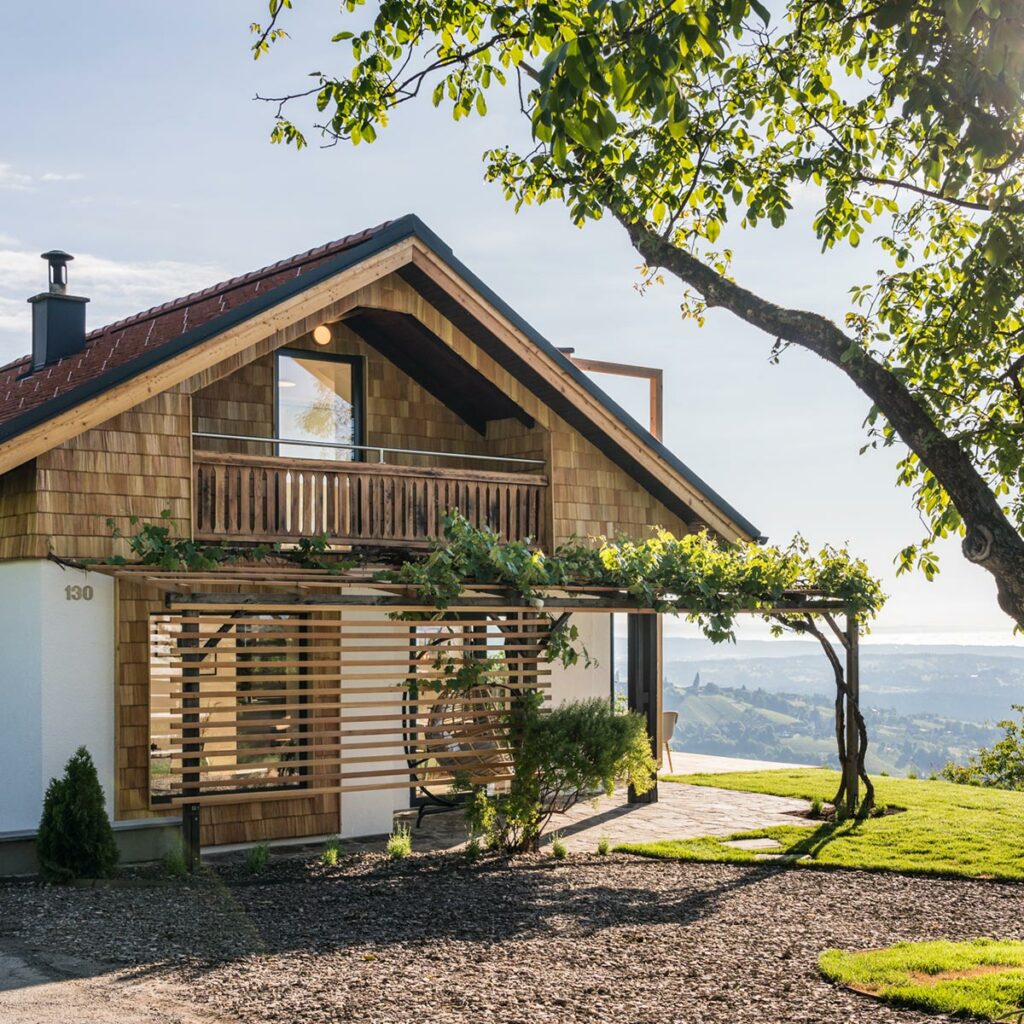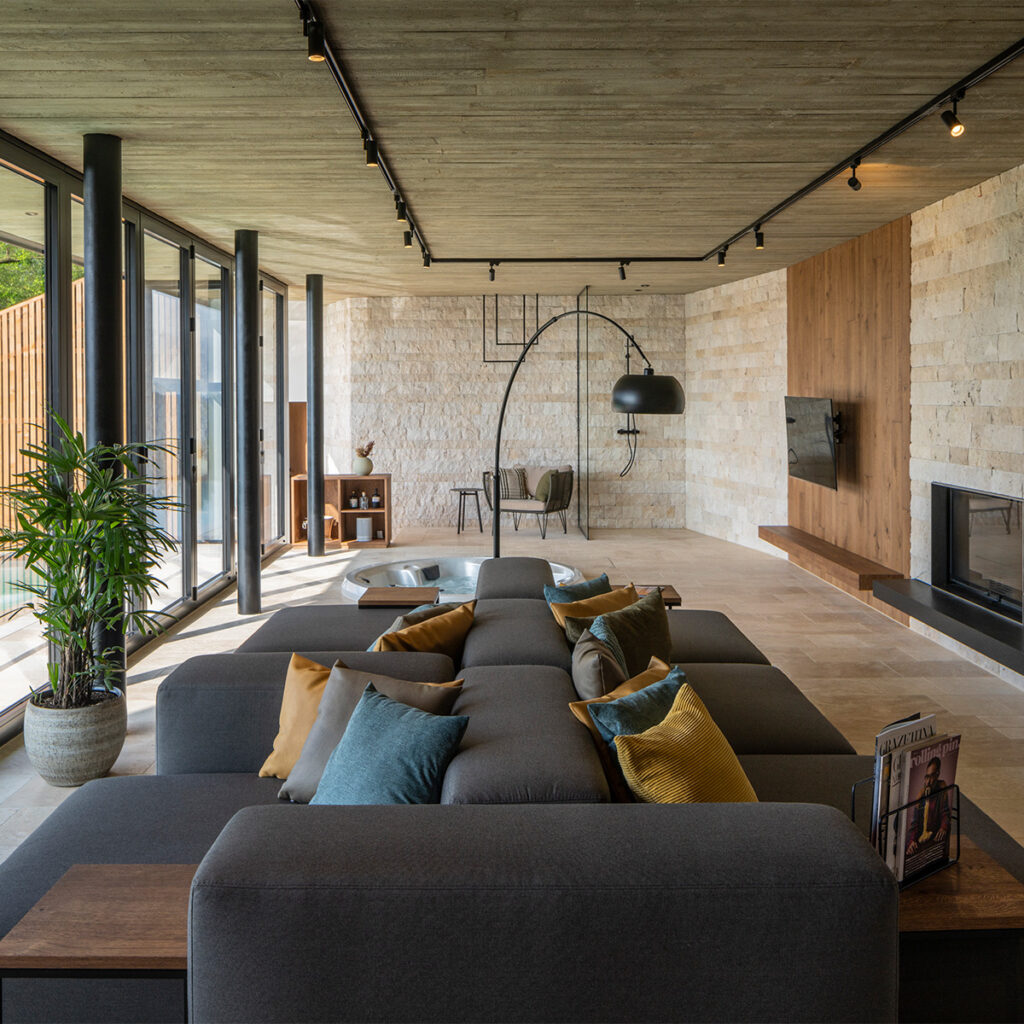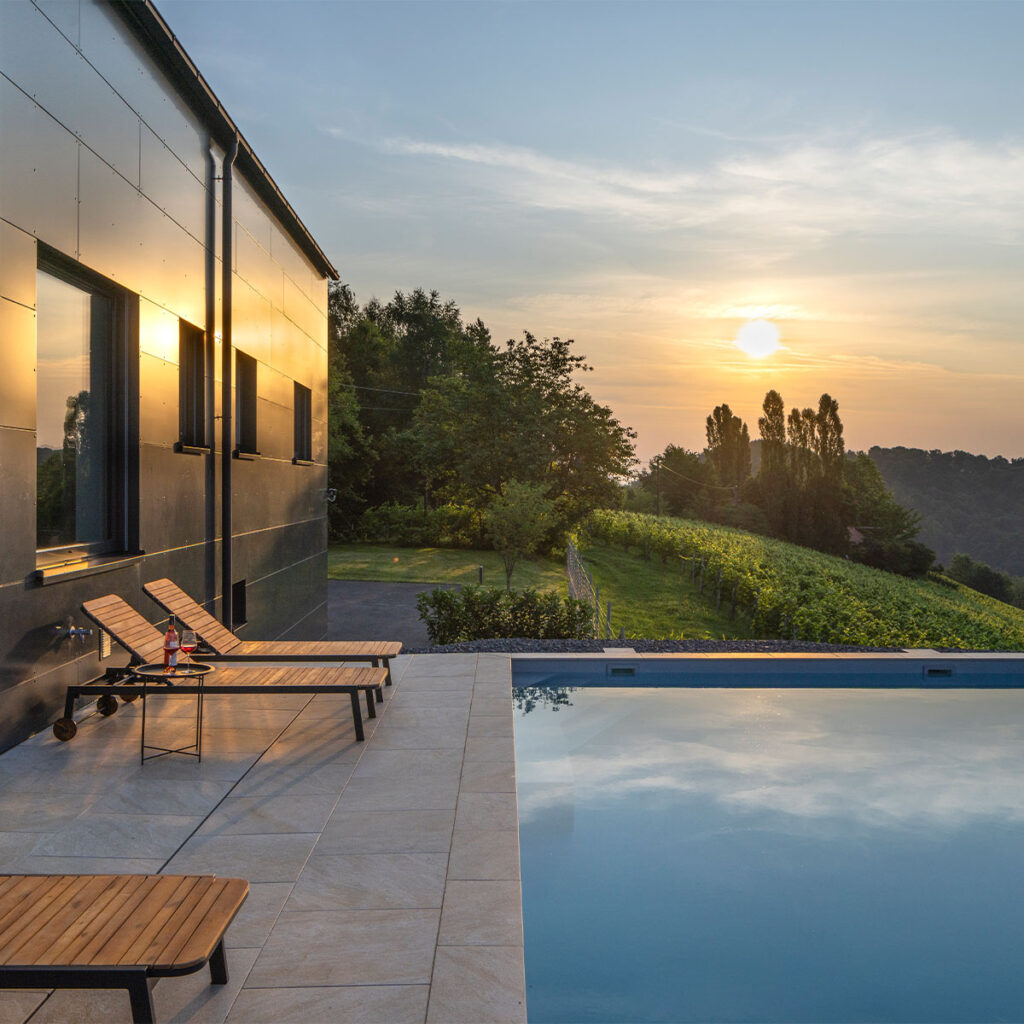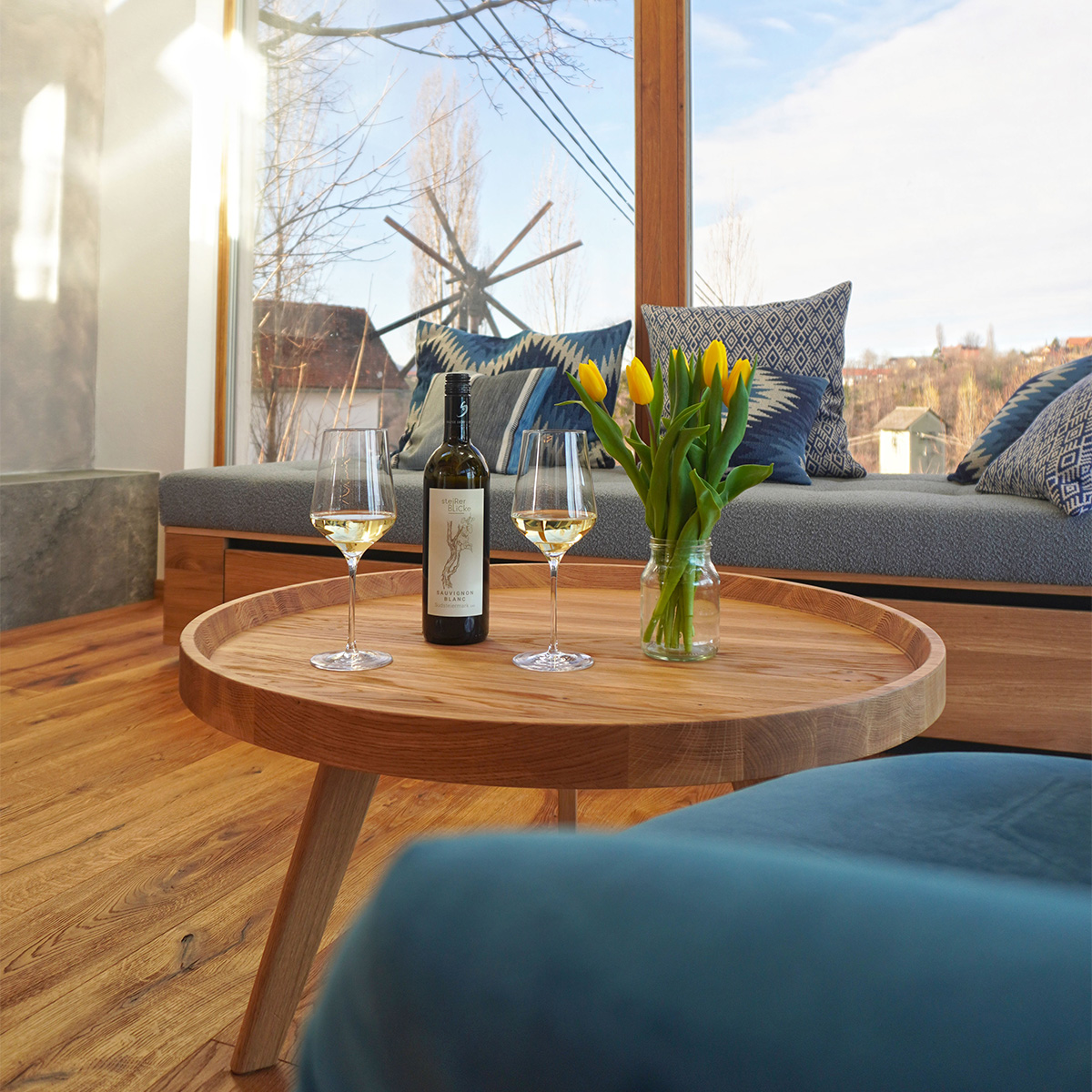A glance at Graz
Discover the Styrian capital
Graz, the capital of Styria, is not only an important cultural and economic center of Austria, but also a charming travel destination that delights its visitors with a mixture of historical sights, modern flair and culinary highlights. We will guide you through the most important attractions and insider tips that you should not miss when visiting Graz.

The old town of Graz
Graz’s old town is a UNESCO World Heritage Site and enchants visitors with its charming alleyways, historic buildings and romantic squares. A stroll through the old town is like a journey into the past.
The Graz Schlossberg

The Schlossberg is a striking hill in the center of Graz and one of the city’s most famous sights. At a height of around 123 meters above Graz city center, the Schlossberg not only offers an impressive view, but also a variety of historical and cultural attractions.
History of the Schlossberg
The Schlossberg has a long and eventful history. Originally used as a fortress hill, it has served as the site of a mighty castle since the 12th century, which was expanded over the centuries. During the Napoleonic Wars, the castle was largely destroyed in 1809. However, some important structures, such as the clock tower and the bell tower, were preserved. Today, the castle hill is a popular excursion destination for locals and tourists alike.
Accessibility
There are several ways to reach the Schlossberg
- Schlossbergbahn: A modern funicular that takes visitors comfortably from the valley station at Kaiser-Franz-Josef-Kai up to the Schlossberg. The ride offers a beautiful view of the city.
- Schlossberg elevator: A glass elevator that runs inside the mountain and leads directly to the clock tower. The elevator is a fast and barrier-free option.
- Schlossberg staircase: Sporty visitors can climb the 260 steps of the Schlossberg staircase. The climb is rewarded with a magnificent view.
Sights on the Schlossberg
The Schlossberg is not only popular for its views, but also offers numerous sights and leisure activities:
- The Stallbastei: A remnant of the former fortifications, from which you have a wonderful view of Graz.
- The bell tower (Liesl): Another striking tower on the Schlossberg, which houses one of the largest bells in Styria.
- Casemates: underground corridors and rooms that once served as storage and shelters. Today they are used for concerts and theater performances.
- The Schlossberg Restaurant: A cozy restaurant with a terrace offering Styrian specialties and a fantastic view of the city.
The clock tower in Graz
The clock tower is the most famous landmark in Graz and the centerpiece of the Schlossberg. With its striking appearance and long history, it attracts thousands of visitors every year.
History and architecture
The clock tower dates back to the 13th century and has been rebuilt and extended several times over the course of time. It was given its present form in the 16th century. The tower is around 28 meters high and is characterized by its eye-catching clock faces. Interestingly, the hour hand on these dials is longer than the minute hand, a peculiarity that dates back to earlier timepieces where the minute hand was still unusual.
Meaning and symbolism
The clock tower survived the destruction of the fortress in 1809, as the citizens of Graz paid a large sum of money to save it. Since then, it has been a symbol of the civic spirit and cohesion of the people of Graz. The clock tower is not only a timepiece, but also an important part of the city’s identity.
Activities at the clock tower
The area around the clock tower is a popular meeting place and offers a magnificent view of Graz. Visitors can explore the surrounding gardens, enjoy the peace and quiet and admire the impressive panoramic view of the city and the surrounding hills. Especially at sunset, the square is a romantic spot for locals and tourists alike.
The main square of Graz

The main square of Graz is not only the geographical, but also the social and cultural center of the city. The square, which has existed since the Middle Ages, is surrounded by historic buildings and acts as the lively heart of the old town. Locals and tourists alike meet here to enjoy the atmosphere, sit down in one of the many cafés or admire the architectural masterpieces.
History of Graz’s main square
The main square was laid out as a marketplace in the 12th century and has played a central role in city life ever since. It was the venue for markets, festivals and political rallies. The square has changed several times over the centuries, although its layout and many of the surrounding buildings have been preserved.
Architecture and sights
The main square is surrounded by impressive buildings in the Renaissance, Baroque and Historicist styles. The ornate facades are particularly striking and give the square its special charm. There are several important buildings next to the town hall:
- Luegg-Haus; A magnificent town house with a baroque façade, which today houses various stores.
- Weikhard-Uhr; probably the most famous meeting place for young and old.
- Mariensäule; A baroque column in the middle of the square, which was erected in honor of the Virgin Mary and commemorates the plague epidemic of 1680.
Markets and events
Various markets take place regularly on the main square. At Easter, for example, you will find playful stalls for young and old. During the Advent season in particular, the square is transformed into an atmospheric Christmas market with festively decorated stalls, mulled wine and handmade gifts. The annual street art festival “La Strada” also enlivens the square with artistic performances and interactive installations.
Graz City Hall
Graz City Hall is a magnificent building with an eclectic style and dominates the main square with its imposing façade. It was built at the end of the 19th century and has served as the seat of the city government ever since.
History of the town hall
The current town hall is the third of its kind at this location. The original town hall was built in the 16th century and rebuilt several times over the centuries. The current structure dates back to 1887 and was designed by architects Alexander Wielemans du Theodor Reuter. The construction of the town hall symbolized the heyday of the city and its rise to become an important metropolis of the monarchy.
Translated with DeepL.com (free version)
Architecture and interiors
The town hall impresses with its neo-baroque façade, which is adorned with numerous statues and decorations. Particularly striking are the figures on the balustrades, which depict important personalities and allegorical representations. The large windows and the magnificent portal invite visitors to take a look inside.
Inside the town hall there are magnificent halls and rooms, some of which are open to the public. The municipal council chamber, which is used for meetings and prestigious events, is particularly worth seeing. The historic entrance hall with its ornate stucco work and majestic staircase is also a highlight.
The Mur Island

The Graz Murinsel is a floating platform in the River Mur, which was built in 2003 to mark Graz’s designation as European Capital of Culture. This unique structure combines modern design with functional art and has become a popular meeting place. The Musinsel not only offers exceptional architecture, but also cultural events and a relaxed atmosphere.
The creation of the Mur Island
The idea for the Mur Island came from the renowned US artist and designer Vito Acconci. It was conceived as a temporary structure to enhance the Capital of Culture celebrations, but has become a permanent feature of the city due to its popularity and iconic significance.
Construction and architecture
The Mur Island is made of steel and glass and has the shape of a half-open shell. It measures around 47 meters in length and 16 meters in width. The platform is connected to the banks of the Mur by two bridges, making it easily accessible. The structure combines modern architecture with natural elements, giving it a futuristic yet harmonious appearance.
Leisure and enjoyment
Inside the Murinsel there is a café that treats visitors to a selection of drinks and snacks. The café offers a cozy place to relax and enjoy the unique ambience. The large glass windows offer a wonderful view of the Mur and the surrounding cityscape. There is a small amphitheater on the Murinsel, which is used for various events. Concerts, theater performances and readings take place here regularly. The amphitheater offers space for around 350 spectators and creates an intimate and special atmosphere.

Cultural highlights
Graz is a city of culture, offering a wide range of museums, theaters and cultural events.
The Kunsthaus Graz – Art Gallery
The Kunsthaus Graz, also known as the “Friendly Alien”, is an architectural masterpiece and a center for contemporary art. The eye-catching building with its biomorphic shape and bubble windows attracts art lovers from all over the world. The exhibitions in the Kunsthaus change regularly and always offer new and exciting insights into modern art.
The Landeszeughaus
The Landeszeughaus is the largest historical arsenal of weapons in the world and an absolute must-see for history buffs. It houses over 32,000 exhibits, including armor, swords and cannons from the 15th and 16th centuries. A visit to the Zeughaus is like a journey into the past and provides a vivid picture of the military history of Styria.
Culinary highlights
Graz is known for its culinary delights and Styrian cuisine. Here are some culinary highlights that you should definitely try.
The farmers’ market on Kaiser-Josef-Platz
The farmers’ market on Kaiser-Josef-Platz is the largest and oldest farmers’ market in Graz. Here you will find a variety of regional products, fresh fruit and vegetables, cheese, meat and bread. The Styrian pumpkin products are particularly recommended. Bring enough time with you, because the best thing about a visit to kaiser-Josef-Platz is to treat yourself to a good café or a classic “Spritzer” and simply take in the hustle and bustle.
Traditional restaurants
Graz offers numerous traditional inns where you can enjoy Styrian cuisine. A classic is the “Glöckl Bräu”, where you can enjoy hearty home cooking and home-brewed beer in a rustic atmosphere. The “Der Steirer” is also known for its upscale Styrian specialties.
Insider tips off the beaten track
In addition to the well-known sights, there are also some hidden gems to discover in Graz.
Der City park
The City park is a green oasis in the heart of Graz and the perfect place for a relaxing walk or a picnic. Here you can enjoy nature and discover monuments and works of art at the same time. In summer, concerts and cultural events often take place in the city park.
The Lend district of Graz
The Lend district is the creative and trendy district of Graz. Here you will find numerous small boutiques, galleries, cafés and bars. We particularly recommend a visit to Lendplatz, a charming square with many bars and a good atmosphere. The district is known for its nightlife and creative atmosphere.
Graz is a city that delights every visitor with its diversity and charm. Whether you want to explore historical sights, experience cultural highlights or enjoy culinary delights – Graz has something for everyone. A trip to the Styrian capital is worthwhile at any time of year and will leave you with unforgettable impressions.
You are currently viewing a placeholder content from TrustIndex. To access the actual content, click the button below. Please note that doing so will share data with third-party providers.
More InformationWedding at the steiRerBLiCke Chalet
Unique retreats for
incomparable experiences:



